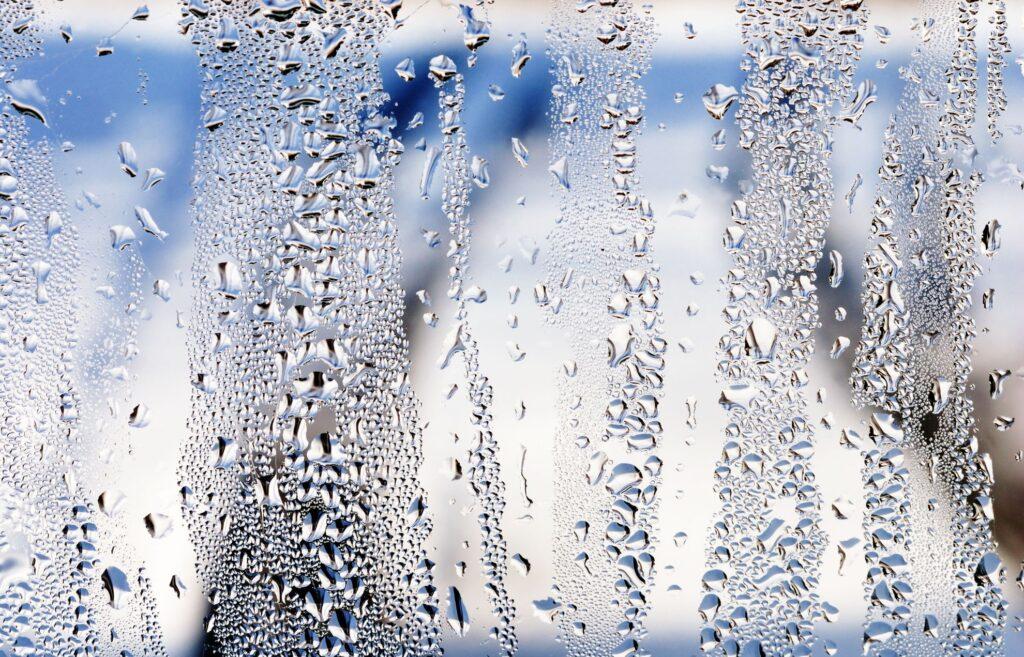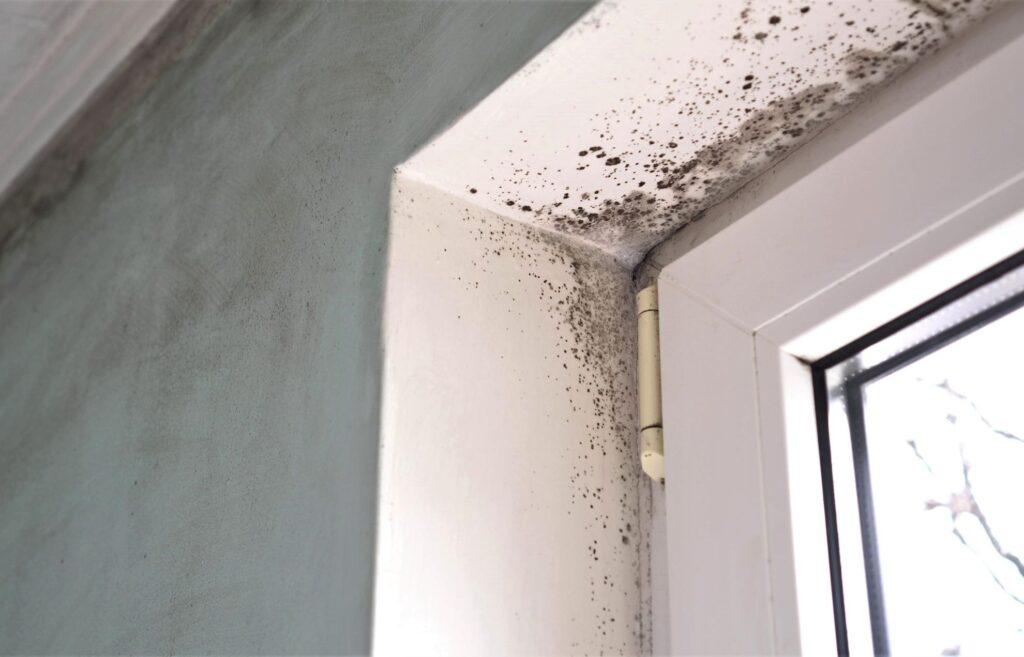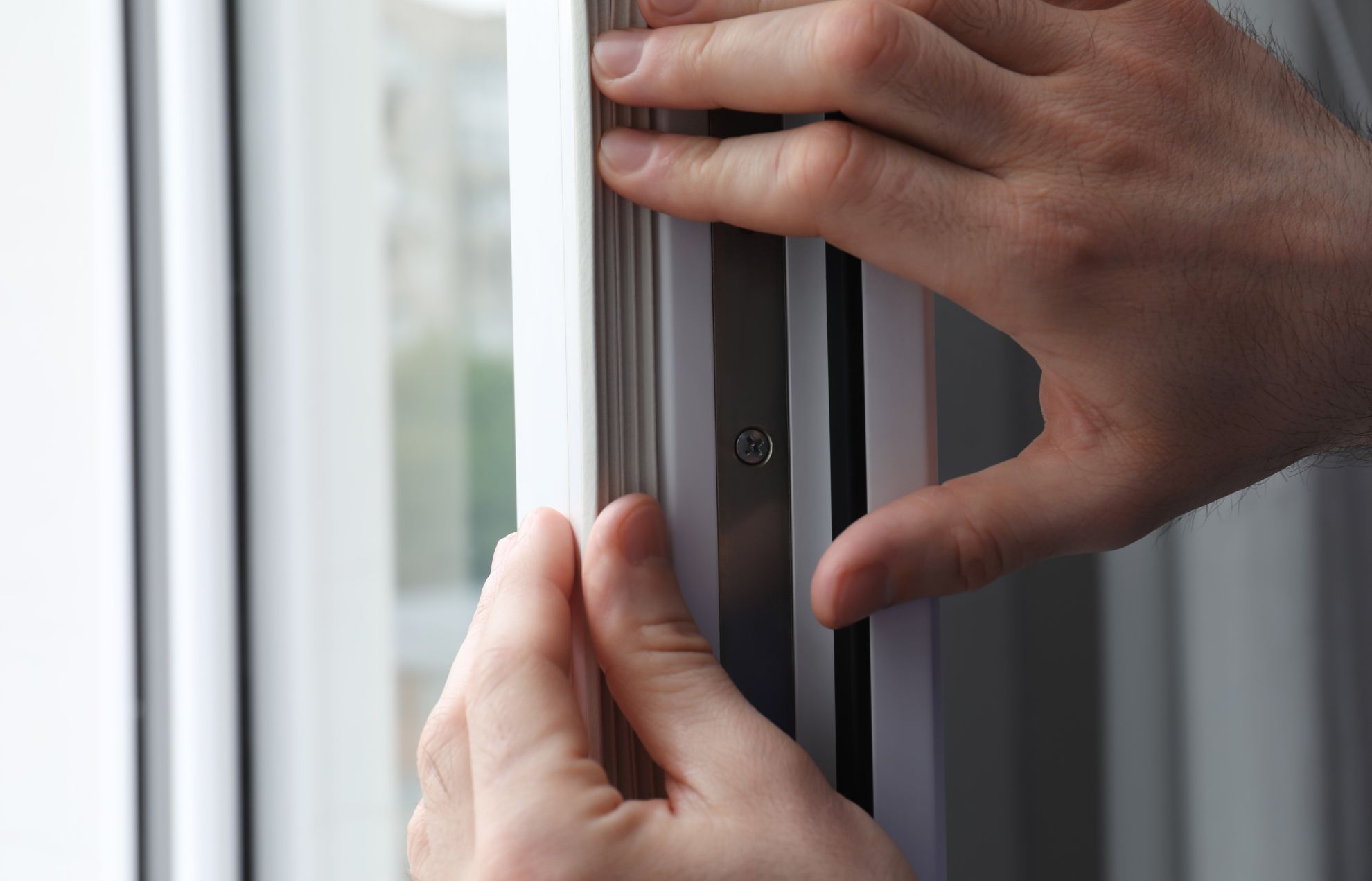
How Trickle Vents Stop Condensation on Windows
Condensation is a problem that many homeowners face, especially during the colder months of the year. It can lead to a range of issues, including mould, dampness, and damage to window frames. But, do trickle vents stop condensation?
Trickle vents provide a solution to the problem of condensation by offering a controlled airflow, even when windows are closed. They allow fresh air to enter the room, while simultaneously allowing moist air to escape, helping to maintain a balanced humidity level and reduce the likelihood of condensation forming.
In this blog, we will explore the science behind condensation, the impact it has on windows, and the effectiveness of trickle vents in combatting condensation.
So, let’s jump in.
What Causes Condensation?
Condensation occurs when moist air comes into contact with a cold surface, such as windows, and the air cools down, causing the moisture to condense into droplets.
It is a natural process that happens when warm air, which holds more moisture, comes into contact with a colder surface, causing the moisture to condense. This process is similar to the formation of dew on grass in the morning.

The Science Behind Condensation Formation
The formation of condensation is a result of the relationship between temperature, humidity, and surface temperature. When the air inside a room becomes humid, the moisture in the air seeks a colder surface to condense on.
Windows, being colder than the room temperature, become the ideal surface for condensation to occur. The colder the surface, the greater the condensation.
Impact of Condensation on Windows
Condensation on windows can lead to a range of issues, including mould and dampness. The moisture from condensation can seep into window frames, causing them to rot over time.
It can also create the perfect environment for mould growth, which can be harmful to health. Additionally, condensation on windows can obscure the view, making the room feel damp and uncomfortable.
The Problem of Mould and Dampness
Mold and dampness are common issues that homeowners face, especially in rooms with poor ventilation. They can hurt health, cause damage to the property, and create an unpleasant living environment.
Causes of Mould and Dampness
Mould and dampness are often caused by excess moisture in the air, which can be a result of condensation, leaks, or moisture infiltration from the outside.
Poor ventilation, high humidity levels, and cold surfaces can contribute to the problem, especially in areas with limited airflow, such as bathrooms, kitchens, and basements.
Effects of Mould and Dampness
Mould and dampness can have a range of effects, both on the property and the health of the occupants. They can cause structural damage, such as rotting of window frames, and can lead to the deterioration of building materials.

In terms of health, mould spores can trigger allergies, respiratory problems, and other health issues, particularly in individuals with pre-existing conditions.
The Role of Ventilation in Combatting Condensation
Ventilation plays a crucial role in combatting condensation, mould, and dampness.
By providing a constant airflow, ventilation helps to remove moisture from the air, preventing condensation from occurring. It also helps to improve air quality, remove pollutants, and create a healthier living environment.
Several traditional ventilation methods can be effective in combatting condensation. Opening windows regularly, using extractor fans in moisture-prone areas, and ensuring adequate airflow through the property are all effective ways of reducing condensation and improving air quality.
However, these methods may not always be practical, especially during colder months or in properties where windows cannot be opened.
Why Does Condensation Get Worse in Winter?
Condensation tends to get worse in winter because the temperature difference between the cold air outside and the warm air inside is greater. As a result, the cold surface of the window becomes colder, increasing the likelihood of condensation forming.
This problem is further exacerbated by the fact that the windows are often kept closed during the colder months, reducing ventilation and airflow.
How Do I Stop Condensation on my Windows in Winter?
To stop condensation on windows in winter, it is important to address the root cause, which is the moisture in the air. One effective solution is to ensure adequate ventilation throughout the home.
This can be achieved by opening windows regularly, using extractor fans, or implementing trickle vents, which we will discuss in the following sections.
Do Trickle Vents Prevent Condensation?
Trickle vents, also known as background ventilation, are small openings in windows that allow a controlled amount of fresh air to enter a room. They are designed to provide a continuous airflow, helping to reduce condensation by allowing moist air to escape and fresh air to enter.
Trickle vents are a legal requirement in new windows in the UK as of 2022, as they are seen as an effective solution for condensation problems. Read more about the Approved Document F of the Building Regulations.
Keep in mind that the installation of new double or triple glazed windows may initially experience condensation issues. This is because old and drafty windows may have concealed the problem by allowing heat to escape through gaps and cracks.
What are Trickle Vents?
Trickle vents are small, discreet openings in windows that allow a small, controlled airflow. They are typically located at the top of the window frames and can be easily adjusted to control the airflow.
You can see the trickle vents at the top of the uPVC windows in the image below.

How Do Trickle Vents Work?
Trickle vents work by allowing a small amount of fresh air to enter the room, creating a constant airflow that helps to remove moisture and reduce condensation. They are designed to prevent drafts and maintain a comfortable indoor temperature, while still providing the necessary ventilation.
Trickle vents can be adjusted to control the airflow, allowing homeowners to customise the ventilation according to their needs.
How Effective are Trickle Vents at Preventing Condensation?
Trickle vents are specifically designed to combat condensation problems in windows. But how effective are trickle vents in actually reducing condensation?
Numerous studies have shown that trickle vents can effectively reduce condensation problems in windows. They provide a controlled airflow, allowing moist air to escape and fresh air to enter, which helps to maintain a balanced humidity level and prevent condensation from forming.
This can significantly reduce the risk of mould, dampness, and damage to window frames. Trickle vents are fitted to the tops of window frames and can help create ventilation and reduce condensation by allowing this humid air to escape.
Other Tips to Decrease Humidity & Improve Ventilation in Your Home
- Use dehumidifiers to eliminate excess moisture from the air
- Avoid drying clothes inside your home
- Utilise extractor fans in kitchens and bathrooms, ensuring that doors are closed during use
- Place bathmats in bathrooms
- Use saucepan lids while cooking
- Avoid using portable gas and paraffin heaters
- Ensure effective heating to maintain surfaces above the ‘dew point’ temperatures
- Regularly open window trickle vents, windows, skylights and roof vents
- Leave at least 50mm between furniture and walls
Replacement Double Glazed Windows
If you’re looking for replacement windows, now is the ideal time to upgrade your inefficient double glazing with our energy-efficient windows.
As one of the leading windows companies in Leicester, we understand the challenges homeowners face when it comes to condensation on windows. Double glazed windows offer numerous benefits that can help address condensation problems and improve the overall comfort and energy efficiency of your home.
Whether you’re looking to upgrade to the most energy-efficient A+ rated windows and doors on the market, or you’re looking to extend your home with a porch, conservatory or orangery, we can help.
FAQs
Should trickle vents be left open in winter?
Trickle vents should be left open year-round, including during the colder months of winter. While it may seem counterintuitive to let cold air enter the room, trickle vents provide a controlled airflow that helps to maintain a balanced humidity level, preventing condensation problems. By keeping the trickle vents open, homeowners can ensure adequate ventilation and minimize the risk of condensation, mould, and dampness.
What are the disadvantages of trickle vents?
While trickle vents offer many benefits, there are a few disadvantages to consider. Some homeowners may find the small opening of the trickle vent a security concern, as it can be a potential entry point for intruders. Additionally, trickle vents may not be suitable for all window types, and the airflow may not be sufficient in large, open spaces. It is important to assess the suitability of trickle vents for your specific property and window type.
Do trickle vents actually work?
Yes, trickle vents do work in combatting condensation problems. Numerous studies, real-life case studies, and the legal requirement of new windows in the UK all attest to the effectiveness of trickle vents in reducing condensation, mould, dampness, and damage to window frames. They provide a controlled airflow, allowing moist air to escape and fresh air to enter, helping to maintain a balanced humidity level and prevent condensation problems.
Do trickle vents let water in?
Trickle vents are designed to allow a small, controlled airflow, but they are specifically designed to prevent the entry of water. The opening of the trickle vent is small enough to prevent the ingress of rainwater, while still allowing air to flow in and out of the room. This ensures that the trickle vent effectively combats condensation problems without the risk of water entering the room.
Related Articles:
- 5 Causes & Signs of Double Glazing Failure
- How to Stop Condensation on Windows
- Should New Windows Have Condensation on the Inside?
- What is Double Glazing? How Does it Work?
- How to Stop Draughts From uPVC Windows
- How to Fix Blown Double Glazing & Clear Misted Windows












